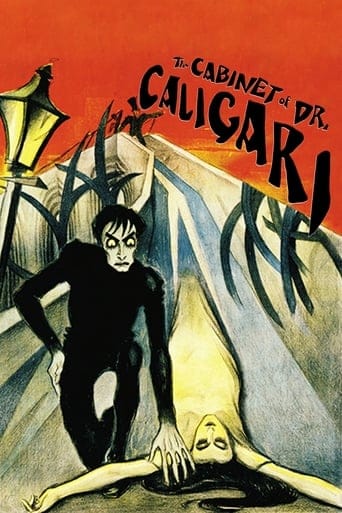Stella Maris (1918)

 In the annals of silent cinema, “Stella Maris” (1918) shines as a poignant exploration of love, compassion, and the indomitable human spirit.
In the annals of silent cinema, “Stella Maris” (1918) shines as a poignant exploration of love, compassion, and the indomitable human spirit.
Directed by Marshall Neilan and featuring the luminous Mary Pickford in a dual role, the film takes audiences on an emotional journey that transcends the limitations of its silent medium.
At the heart of the narrative are two young women, both named Stella Maris, portrayed by Pickford with a grace that adds depth to the storytelling. The unique narrative twist of having Pickford play two distinct characters intensifies the emotional impact of the film.
One Stella Maris is a paraplegic girl, sheltered by her wealthy guardians and cocooned from the harsh realities of the world. The other Stella Maris, in stark contrast, is an orphan with a more seasoned outlook on life, having experienced the cruelties of an unforgiving world. The convergence of their lives forms the crux of the narrative.
Pickford’s portrayal of the paraplegic Stella Maris is a testament to her acting prowess. Through subtle expressions and nuanced gestures, she brings to life a character whose spirit remains unbroken despite the physical limitations imposed by her condition. The delicate portrayal underscores the film’s exploration of inner strength and resilience.
The plot takes an intriguing turn as both Stellas fall in love with the same man, played by Herbert Standing. This central conflict sets the stage for a narrative that not only explores the complexities of love but also delves into societal norms, class distinctions, and the impact of compassion on the human soul.
“Stella Maris” is a tale of contrasts, both in the characters and the themes it navigates. The paraplegic Stella, ensconced in luxury, represents the sheltered innocence that comes with privilege. In contrast, the orphaned Stella embodies the resilience born out of adversity. Their intertwining stories become a vehicle for the film’s exploration of societal norms and the transformative power of love.
Herbert Standing’s character, John Risca, becomes a pivotal figure in the narrative, caught between the affections of the two Stellas. His internal conflict reflects the broader societal tensions prevalent during the film’s time. The film’s emotional core lies in the exploration of compassion, love, and the capacity of the human heart to overcome adversity.
Marshall Neilan’s direction, coupled with Mary Pickford’s captivating performance, elevates “Stella Maris” beyond the confines of a traditional love story. Neilan skillfully navigates the complexities of the narrative, weaving a tapestry of emotions that resonates with audiences even in the absence of spoken words.
The film’s enduring legacy is not only a testament to Pickford’s acting brilliance but also to its exploration of universal themes. “Stella Maris” stands as a cinematic gem that transcends its silent origins, inviting viewers to reflect on the timeless issues it addresses.
In conclusion, “Stella Maris” (1918) is a testament to the power of silent cinema to convey profound emotions and narratives. Mary Pickford’s exceptional dual performance, coupled with Marshall Neilan’s sensitive direction, creates a cinematic experience that lingers in the hearts of audiences. Beyond its historical significance, “Stella Maris” remains a compelling exploration of love, compassion, and the resilience of the human spirit.
Release Date: January 21st, 1918
Main Cast Members
Mary Pickford (Miss Stella Maris / Unity Blake)
Ida Waterman (Lady Eleanor Blount – aka Aunt Julia)
Herbert Standing (Sir Oliver Blount)
Conway Tearle (John Risca – also spelled John Riska)
Josephine Crowell (Aunt Gladys Linden)
Marcia Manon (Louisa Risca)




